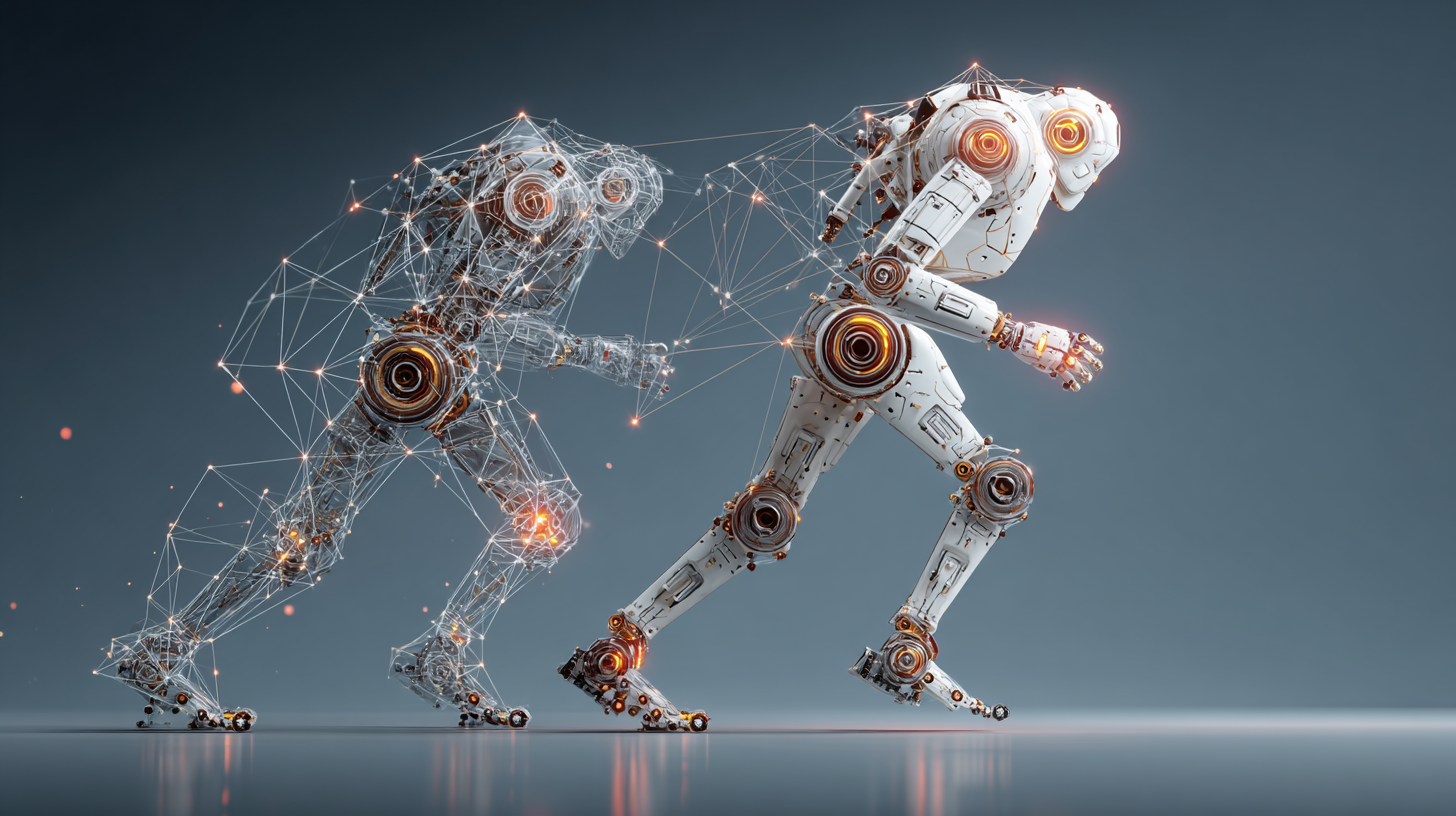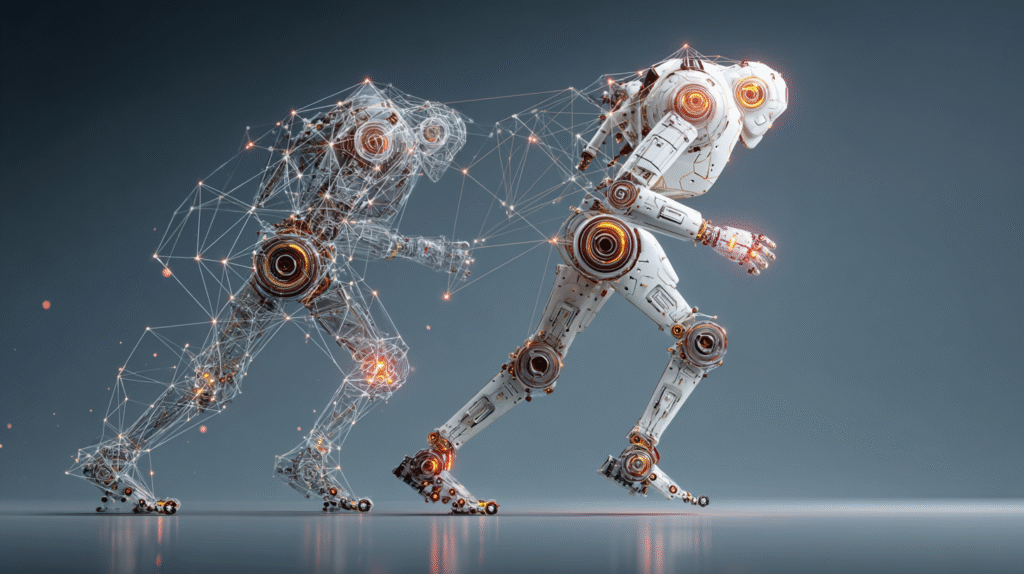
Relating to AI, many enterprises appear to be caught within the prototype section. Groups may be restricted by GPU capabilities and sophisticated and opaque modeling workflows; or, they have no idea when sufficient coaching and customization is sufficient, and if they’ve reached the very best stage of efficiency and accuracy (or not). It is because they’re doing wonderful changes incorrectly, in line with RapidFire AI. The corporate says it will possibly get companies over that hump with its “quick expertise” engine. Now in open supply launch, the platform is designed to speed up and simplify customization, fine-tuning and post-training of huge language fashions (LLMs). Hyper-parallel processing is at its core; as an alternative of 1 configuration, customers can analyze 20 or extra unexpectedly, leading to a throughput of experimentation 20X greater, the corporate claims. “This means to see a number of executions on consultant samples is the underlying key to our efficiency,” RapidFire AI CEO and co-founder Jack Norris informed VentureBeat in an unique interview.
Why hyper-parallelization results in sooner outcomes
With RapidFire AI, customers can doubtlessly examine dozens of configurations concurrently on a number of machines – numerous primary mannequin architectures, coaching hyperparameters, adapter specs, information pre-processing and reward features. The platform processes information in “chunks,” altering adapters and fashions to reallocate and maximize GPU utilization. Customers have a stay metric stream on an MLflow dashboard and interactive management (IC) ops; this enables to trace and visualize all parameters and metadata and sizzling begin, cease, resume, clone, edit or minimize configuration in actual time. RapidFire isn’t just turning on further assets; it makes use of the identical assets – so if customers have just one, two or 4 GPUs, they will rely 8, 16 or 32 variations in parallel. “You get that emulation in the identical cluster with the identical GPU, and that encourages exploration,” explains Arun Kumar, RapidFire CTO and cofounder. “We’re bringing this philosophy to bear by abstracting the small print of lower-level system execution from the person and letting them concentrate on utility data, metrics and buttons.” The platform is native Hugging Face, works with PyTorch and transformers and helps numerous quantization and fine-tuning strategies (comparable to efficient fine-tuning parameters, or PEFT, and low-rank adaptation, or LoRA) in addition to supervised fine-tuning, direct desire optimization and group relative coverage optimization. Information scientists and AI engineers do not must be involved with what’s on the again finish, the best way to shard information, swap fashions or maximize GPU utilization, Norris defined. This implies junior engineers may be simply as efficient as senior engineers as a result of they will see what’s working, shortly regulate, slim down and remove much less promising derivatives. “This mainly democratizes the strategy,” he stated. He emphasised that organizations ought to search to compete simply on mannequin complexity or efficiency. As a substitute, “it is the power to benefit from the information, to regulate effectively, to benefit from that information. That may in the end be what units the aggressive benefit.” RapidFire AI is launched below the Apache 2.0 license, that means it may be downloaded, modified and re-licensed by anybody. Its open-source Python packages, documentation and guides can be found now. Open supply is important to the corporate’s philosophy; As Kumar put it, open supply has “revolutionized the world” over the previous 20 years. “There may be good enterprise worth in open supply, but in addition transparency and the power of the neighborhood to contribute, standing on one another’s shoulders reasonably than strolling on one another’s toes, is essentially helpful,” he stated.
Mission velocity up 2-3X
Utilizing RapidFire AI, Information Science Alliance has accelerated initiatives 2-3X, in line with Ryan Lopez, director of operations and initiatives. Usually, a number of iterations would take every week; this time-frame has been shortened to 2 days or much less. The nonprofit, which focuses on neighborhood and social initiatives, has experimented with pc imaginative and prescient and object detection evaluation, Lopez defined. With RapidFire, photographs and movies may be processed collectively to see how totally different imaginative and prescient fashions carry out. “What RapidFire has allowed us to do is actually iterate at hyper velocity,” stated Lopez. He provides his crew “a very structured, evidence-based method to do exploratory modeling work.” RapidFire’s hyperparallelism, automated mannequin choice, adaptive GPU utilization and steady enchancment capabilities give clients a “large improve” in velocity and cost-optimization, famous John Santaferraro, CEO of Ferraro Consulting. That is in comparison with house coding or software program instruments that focus simply on the software program engineering side of mannequin acceleration. “Hyperparallelism accelerates AI in mannequin choice, the power to establish high-performing fashions and shut down low-performing fashions,” he stated, all whereas minimizing runtime overhead. RapidFire’s opponents embody specialised software program distributors, GPU infrastructure corporations and MLOps and AIOps distributors comparable to Nvidia or Domino, Santaferraro famous. Nevertheless, its acceleration in each the mannequin and GPU stage is the important thing to its differentiation. RapidFire is “distinctive in the way in which it has AI enabled mannequin coaching, testing, adjustment and steady enchancment.”
Iterate to innovate
The RapidFire platform supported a variety of language use circumstances, together with chat bots for Q&A, inner doc searches and monetary evaluation, Kumar stated. Design companions and potential clients have deployed as much as three dozen use circumstances utilizing in some circumstances 40 and even 10 billion mannequin parameters. “The fashions are extra right-sized for the purposes and the amount of inference, reasonably than utilizing a trillion-parameter mannequin for every little thing,” he stated. “That controls the whole value of possession.” The three greatest hurdles between AI experimentation and deployment are information preparation, accuracy and belief, Santaferraro famous. AI requires conventional information high quality for structured information and “truthfulness” for unstructured information. Hallucinations are a problem, notably with public fashions, as a result of they happen in a black field. Belief requires fast testing in a time-consuming style. Drift, or when a skilled mannequin modifications primarily based on new inputs and introduces unexpected dangers, is one other concern. Enterprises should be capable to scale back the danger of incorrect responses, hidden threats and fugitive actions; Quicker prototyping cycles can bridge the hole between unsafe analysis prototypes and a deployed system aligned with company governance and targets, Santaferraro stated. “Sadly, most enterprises are spending giant quantities of cash, utilizing large assets, to plow by means of these fashions and remove threat,” he stated. “There isn’t any different quick method ahead, besides, in fact, rushing up the iteration course of.” Main organizations ought to focus their calculations on the general public LLM elements they discover most helpful, he advises, then add their IPs, data base and distinctive viewpoints to develop personal small language fashions (SLMs). When taking a look at instruments like RapidFire, it is necessary to think about organizational and personnel readiness, in addition to infrastructure match and funding, says Santaferraro. They need to be capable to assist accelerated iterations and match instruments into present infrastructure in a method that streamlines meals and manufacturing processes. In the end, how shortly an organization can innovate with AI correlates with how shortly they will enhance enterprise processes and assist new services and products, he stated, noting: “The velocity of iteration is the important thing to all innovation.”


